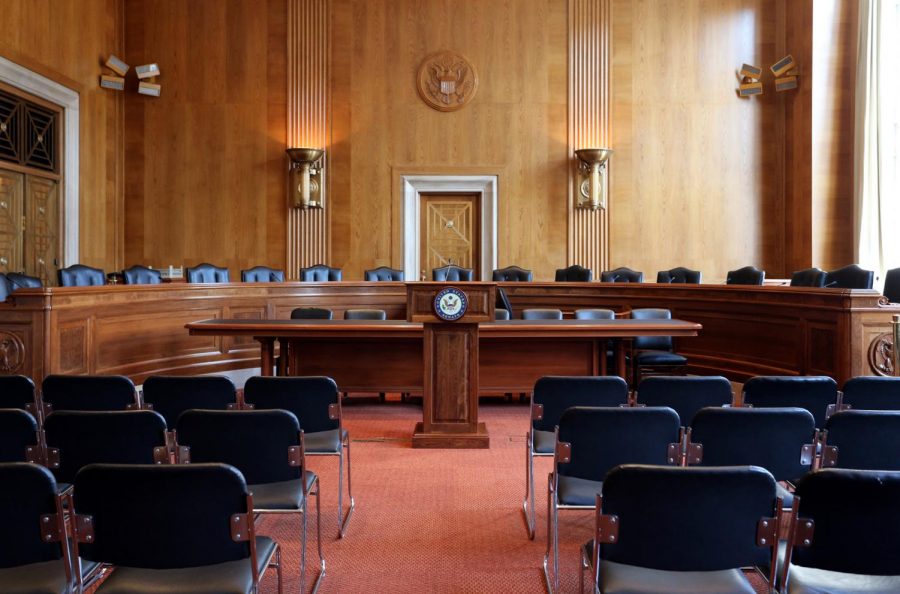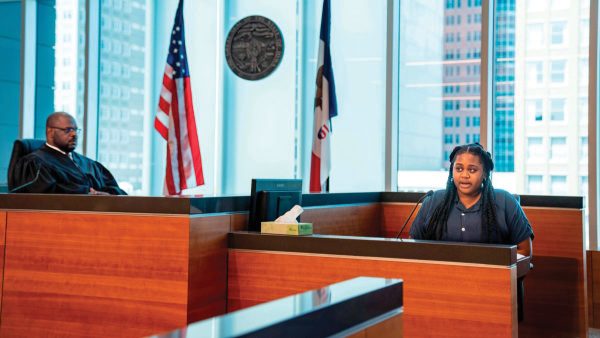The election could turn into a split electoral vote – here’s how
Opinion Columnist Colin Horning discusses the different possibilities that could lead to a split vote in the electoral college.
Oct 29, 2020
With the 2020 presidential election less than a week away, many in the media have begun to speculate how the electoral college map will play out. Based on polling data and analytics, it seems that Joe Biden is the favorite to carry enough states to put him over the 270 electoral vote threshold needed in order to become the president-elect. But recent polls have begun to show the race tightening a bit. While Trump is currently trailing in polls in several critical battleground states, the data has begun to show a much more competitive race down the stretch just a few days before the final votes will be tallied on Nov. 3.
Based on the 2016 electoral college map, Trump carried 306 electoral votes to Hillary Clinton’s 232. This of course means that he can theoretically afford to lose multiple states and still stay above the 270 votes needed. In a sense, he will be playing on the defense this election cycle while the challenger is looking to flip several of these states. But there are realistic hypothetical scenarios in which Trump loses multiple states that he carried in 2016 to Biden, but the electoral college would remain at 269-269, meaning no one would be declared the president on election day. This is in fact a very real and possible scenario that could potentially play out in less than a week.
There are many mathematical ways in which the electoral college could be split, but realistically based on the voting tendencies of states we can narrow down only a few ways in which this could happen.
The first, and perhaps most likely scenario sees Trump carrying every single state he won in 2016, minus Michigan, Pennsylvania and Nebraska’s second congressional district (Nebraska and Maine are the only two states that award their electoral votes based on the winner of the state’s congressional districts). Michigan and its 16 electoral votes seem likely to flip blue in 2020, based on exit polls and the Democratic win streak in the state back in 2018. Pennsylvania’s 20 votes could also easily flip back to the Democrats, as it is one of the most hotly contested states in the nation and could go either way at this point. Throw in Nebraska’s second congressional district and its single electoral vote, which Barack Obama carried back in 2008 and Trump won by only two points in 2016, and Biden will have siphoned off 37 votes from Trump’s 306 back in 2016, leaving the electoral college at 269-269. This scenario also has Trump retaining the swing states of Wisconsin, Ohio, North Carolina, Florida, Arizona and Iowa, all of which he won in 2016.
Another possibility for the electoral college split is if Biden flips Arizona, Wisconsin and Michigan, but Trump holds onto every other state from 2016. Again, Michigan could conceivably go blue this year, along with light blue Wisconsin and the battleground state of Arizona. This scenario also sees Trump hold onto Florida, Pennsylvania, Ohio, North Carolina and Nebraska’s second congressional district.
Of course, there are dozens or even hundreds of different possibilities that we could see on election day. I expect Biden to flip multiple states that were red in 2016, but the Trump campaign could also turn a few blue states red as well. It’s interesting to speculate and play around with electoral college scenarios, but only time will tell which scenario actually plays out in real time.
Exit polls are oftentimes a good indicator of the state of the race, but ultimately the only polls that matter are the results that are announced on Nov. 3. If 2020 has shown us anything, it’s that this year has been wildly unpredictable and our political climate has been no exception. I don’t expect there to be a tie in the electoral college on election day, but because of our increasingly divided political climate in America and because of the nature of the past calendar year, it definitely would not surprise me if we don’t end up seeing a victor on election day by virtue of a 269-269 split in the electoral college.


















